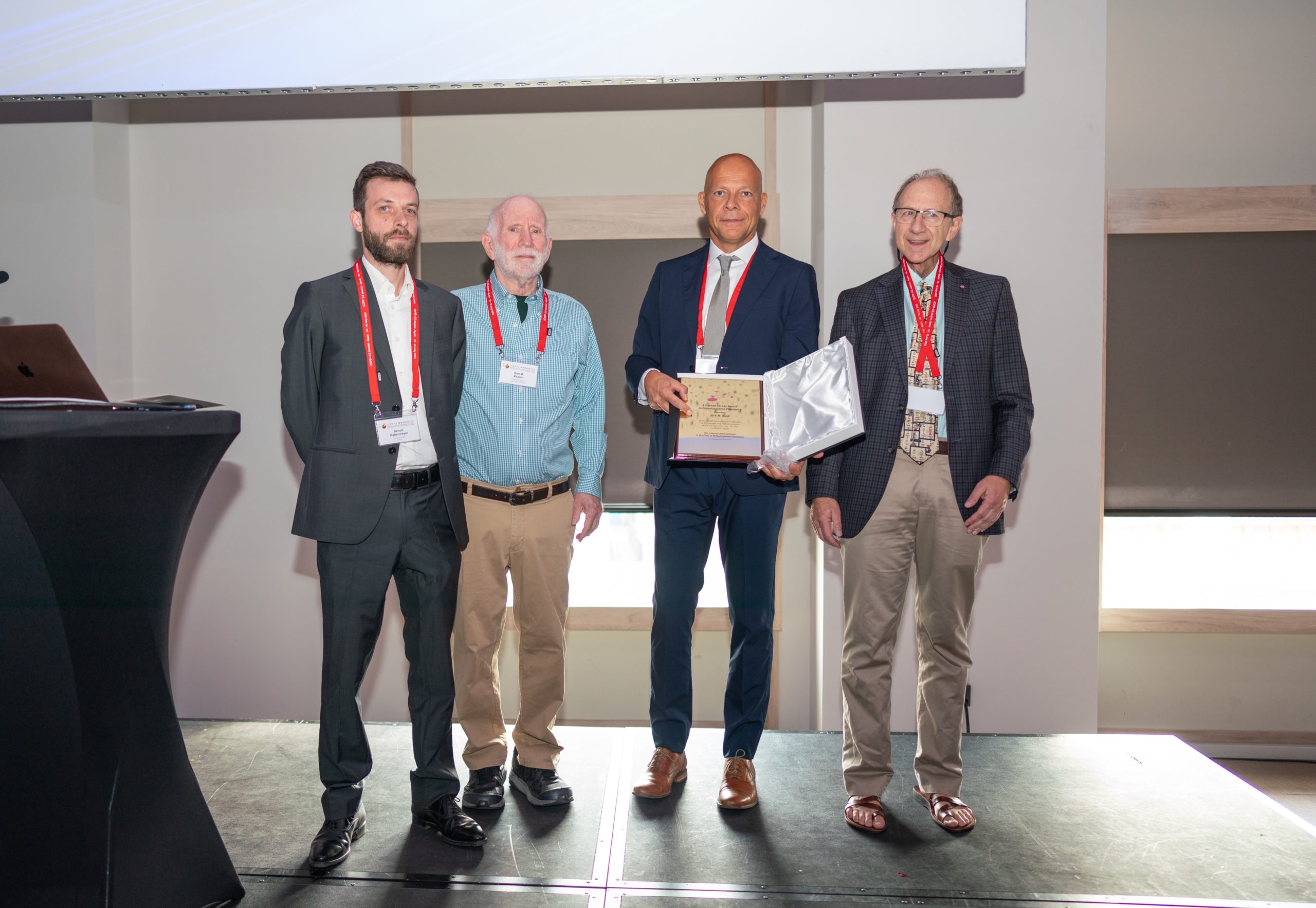The US National Nanotechnology Day 2022 is an annual event of the National Nanotechnology Initiative of the U.S government “featuring community-led events and activities on or around October 9th to help raise awareness of nanotechnology.” Holding the event on October 9th pays homage to the nanometer scale (10-9 m).
We are delighted to share with you a new collection of recent articles published in Nanoscale Horizons, Nanoscale, Nanoscale Advances, Environmental Science: Nano and RSC Advances on this year’s theme of nanotechnology’s role in understanding and responding to climate change and improving the health of the Earth and its people.
Containing both reviews and original research, this collection includes work on nanoparticles used in sustainable agriculture, photonics and power generation as well as environmental remediation: rsc.li/USNanoDay2022
Below is a snapshot of some of the papers in the collection. We hope you enjoy reading these articles, which are all free to access till 30th November, 2022. Nanoscale Advances and RSC Advances are fully gold open access journals whose articles are free to read always.
Reviews
Doing nano-enabled water treatment right: sustainability considerations from design and research through development and implementation, M. Falinski, R. S. Turley, J. Kidd, A. W. Lounsbury, M. Lanzarini-Lopes, A. Backhaus, H. E. Rudel, M. K. M. Lane, C. L. Fausey A. C. Barrios, J. E. Loyo-Rosales, F. Perreault, W. S. Walker, L. B. Stadler, M. Elimelech, J. L. Gardea-Torresdey, P. Westerhoff, J. B. Zimmerman, Environ. Sci.: Nano, 2020,7, 3255-3278, DOI:10.1039/D0EN00584C
Silicon nanoparticles (SiNPs) in sustainable agriculture: major emphasis on the practicality, efficacy and concerns , Javaid Akhter Bhat, Nitika Rajora, Gaurav Raturi, Shivani Sharma, Pallavi Dhiman, Sandhya Sanand, S. M. Shivaraj, Humira Sonahand, Rupesh Deshmukh, Nanoscale Adv., 2021,3, 4019-4028, DOI: 10.1039/D1NA00233C
Paper
Cellulose particles capture aldehyde VOC pollutants, Isaac Bravo, Freddy Figueroa, Maria I. Swasy, Mohamed F. Attia, Mohamed Ateia, Domenica Encalada, Karla Vizuete, Salome Galeas, Victor H. Guerrero, Alexis Debut, Daniel C. Whitehead, Frank Alexis, RSC Adv., 2020,10, 7967-7975, DOI: 10.1039/D0RA00414F
Here is what Professor Jesse Jokerst, University of California at San-Diego, Advisory Board member, Nanoscale had to say on this theme:
“Nanotechnology can lead to better particulates and aerosols that reflect sunlight during geo-engineering. Nanotechnology and nanoengineering can also produce better containment systems for next-generation nuclear reactors.”
We wish you all a Happy #NationalNanoDay!
Thank you for reading this collection of papers and for your support!






















